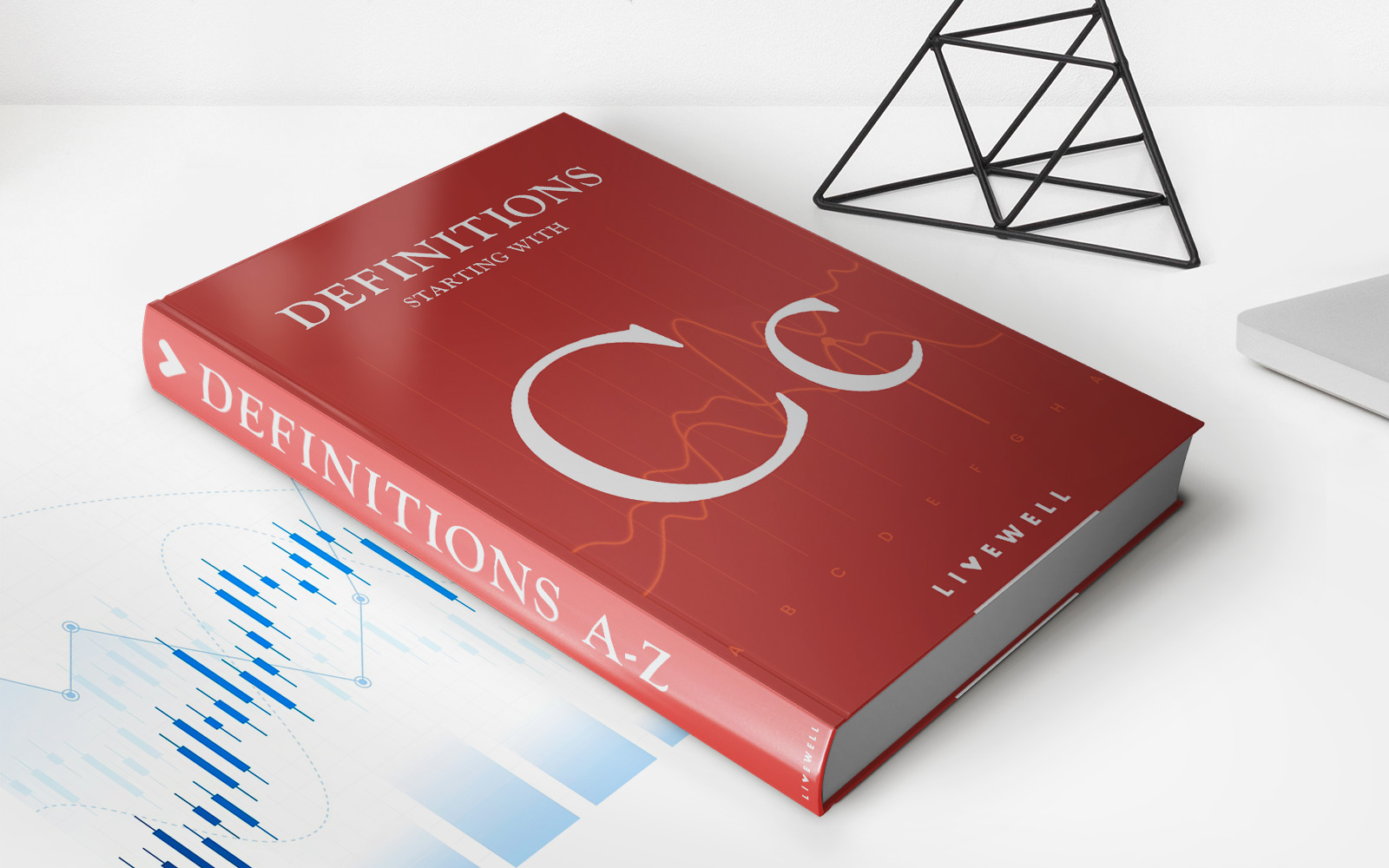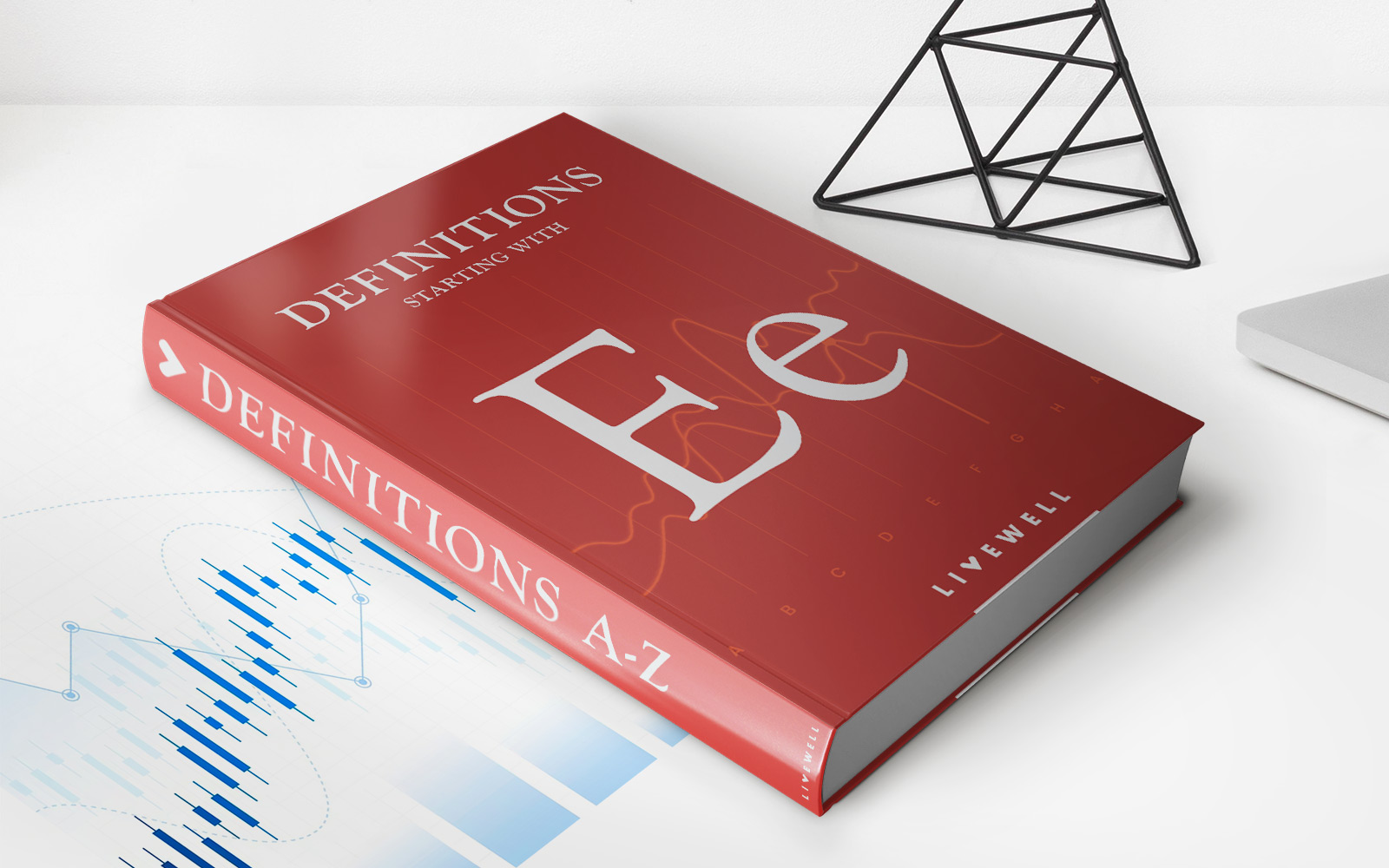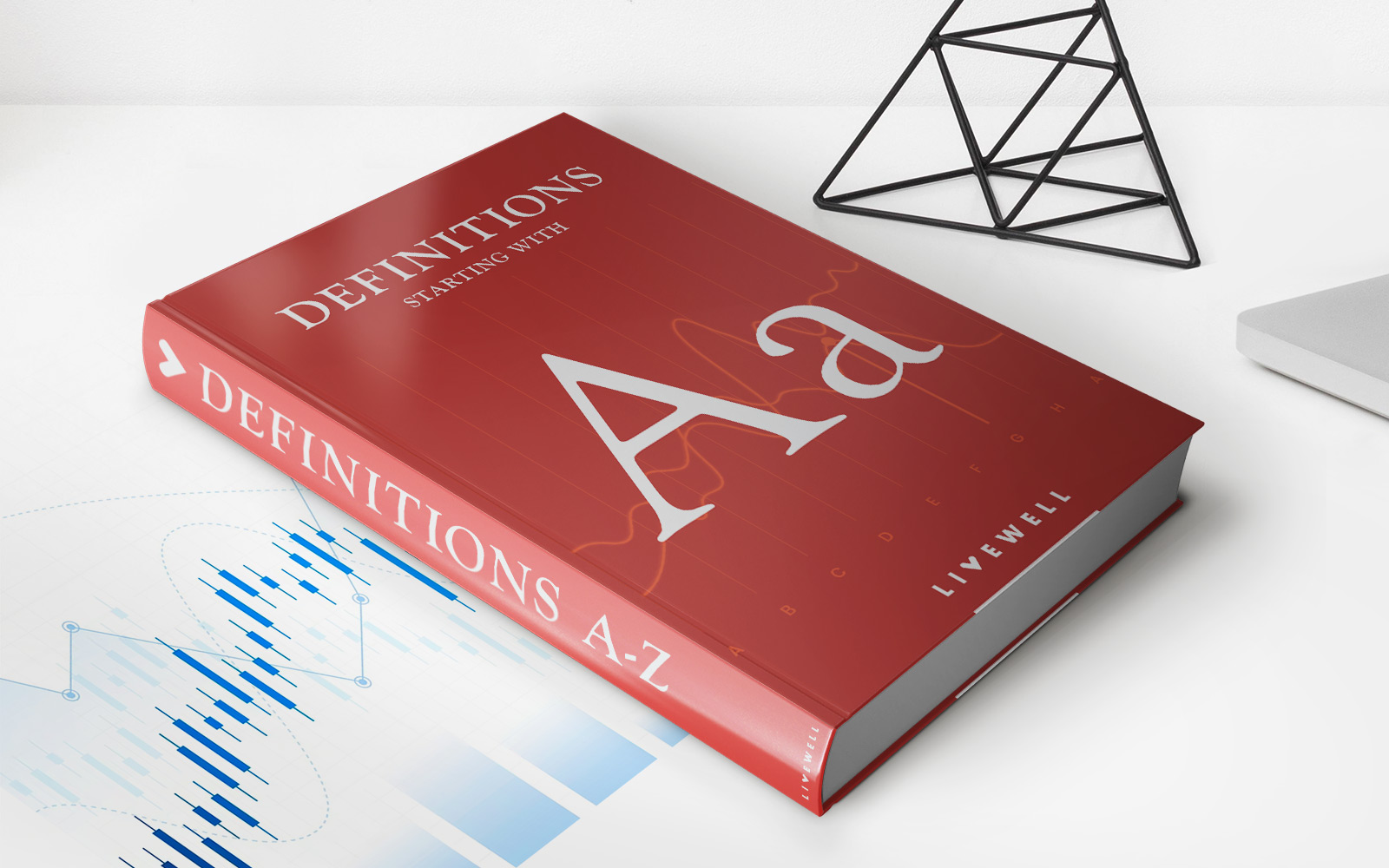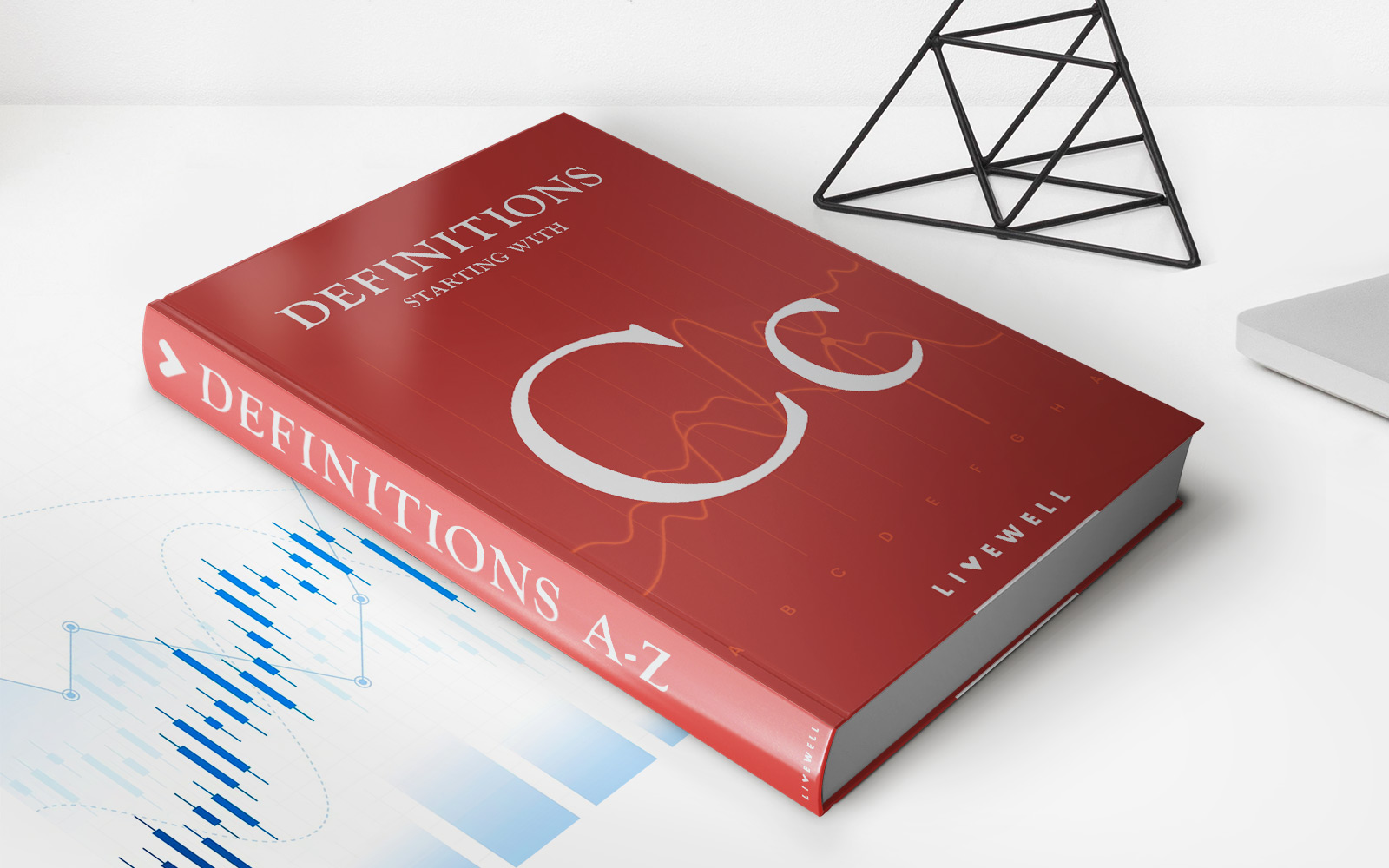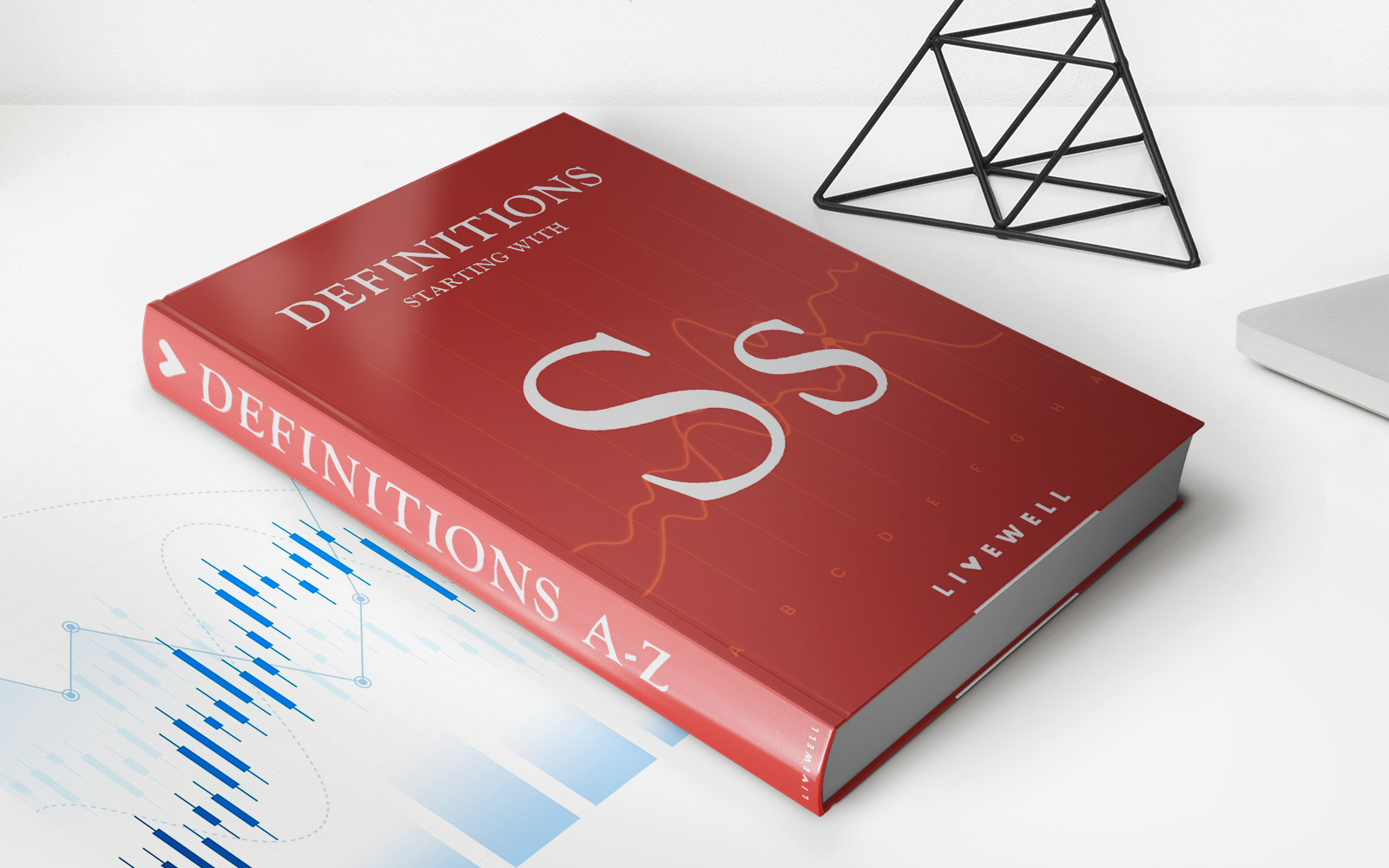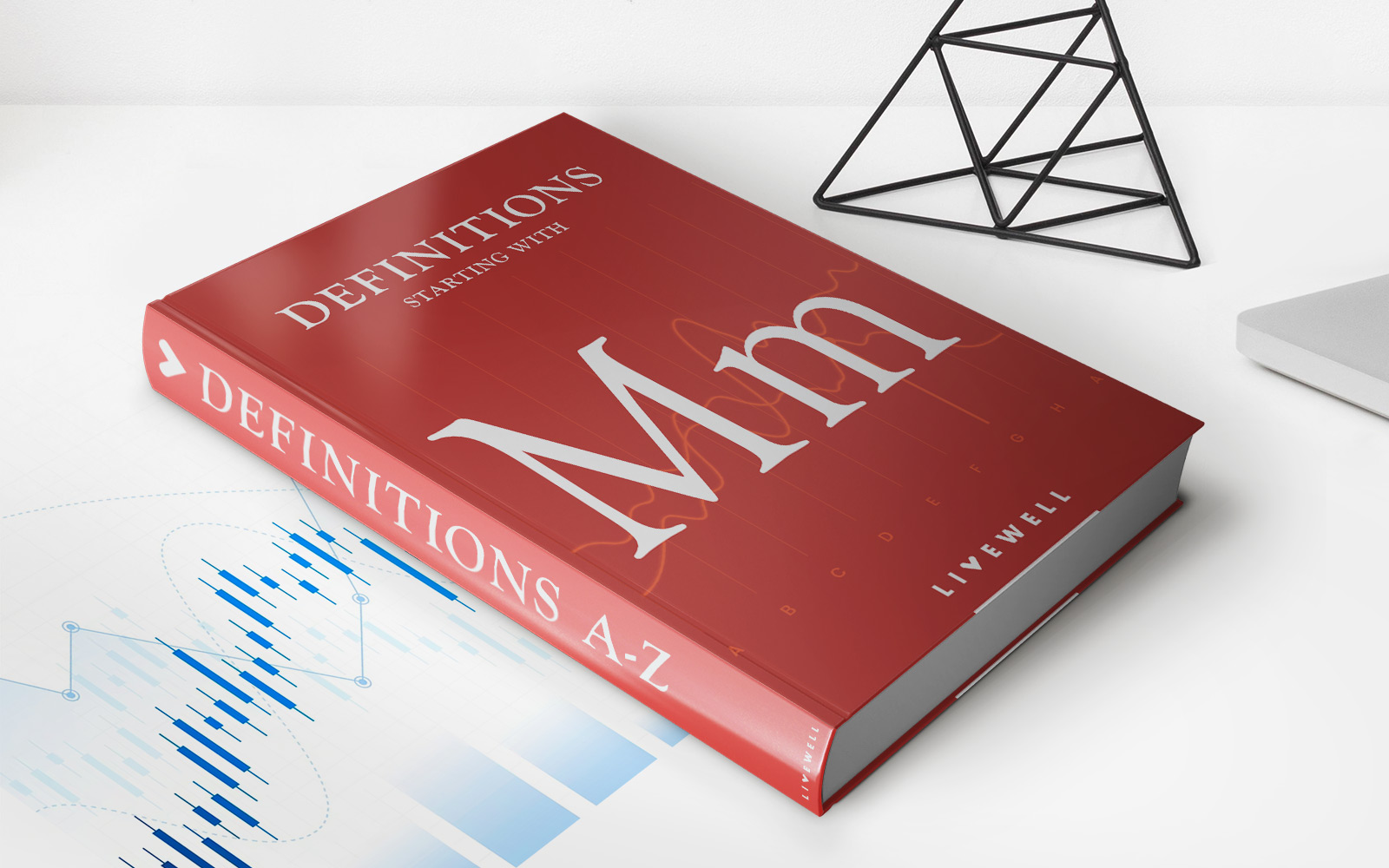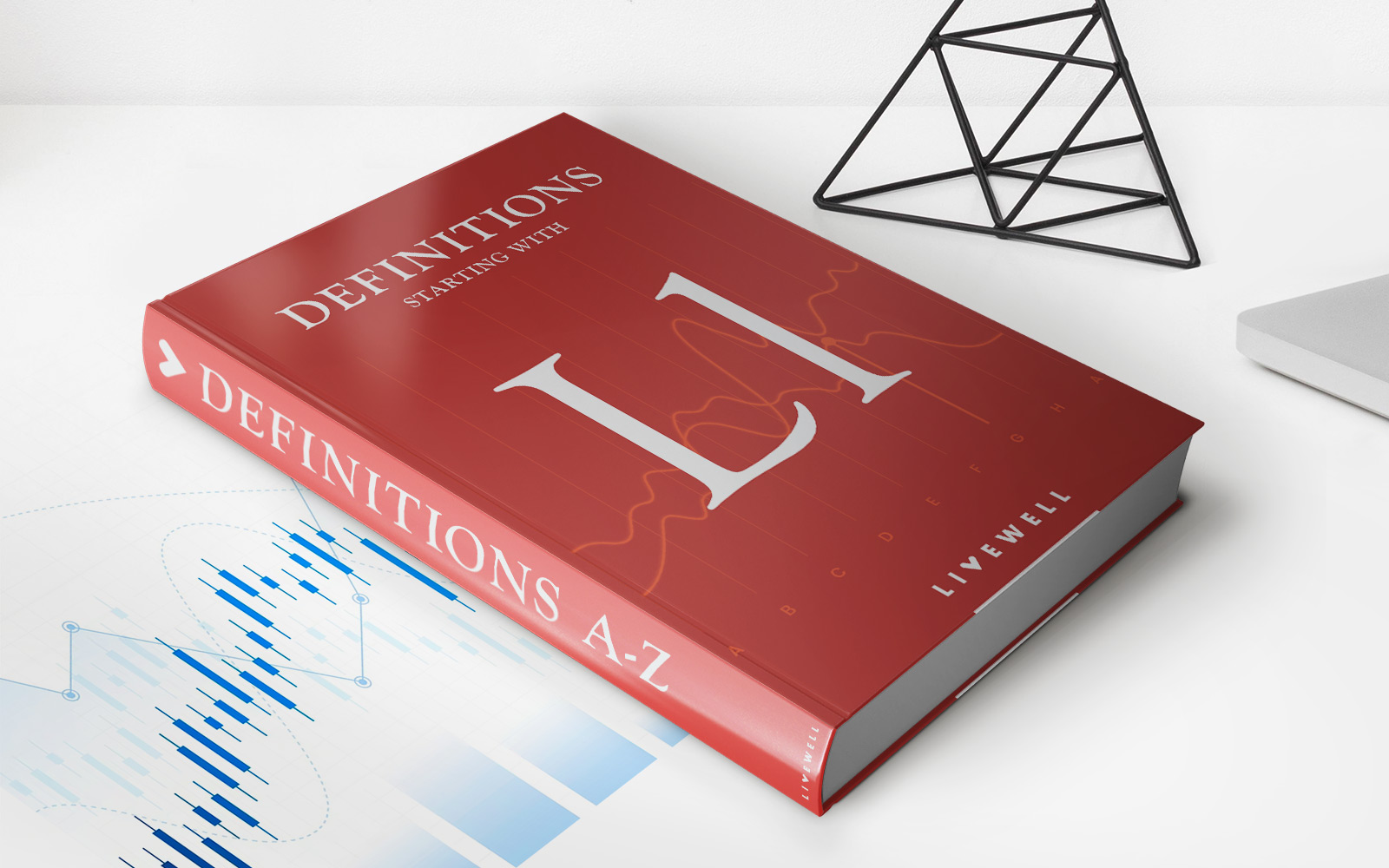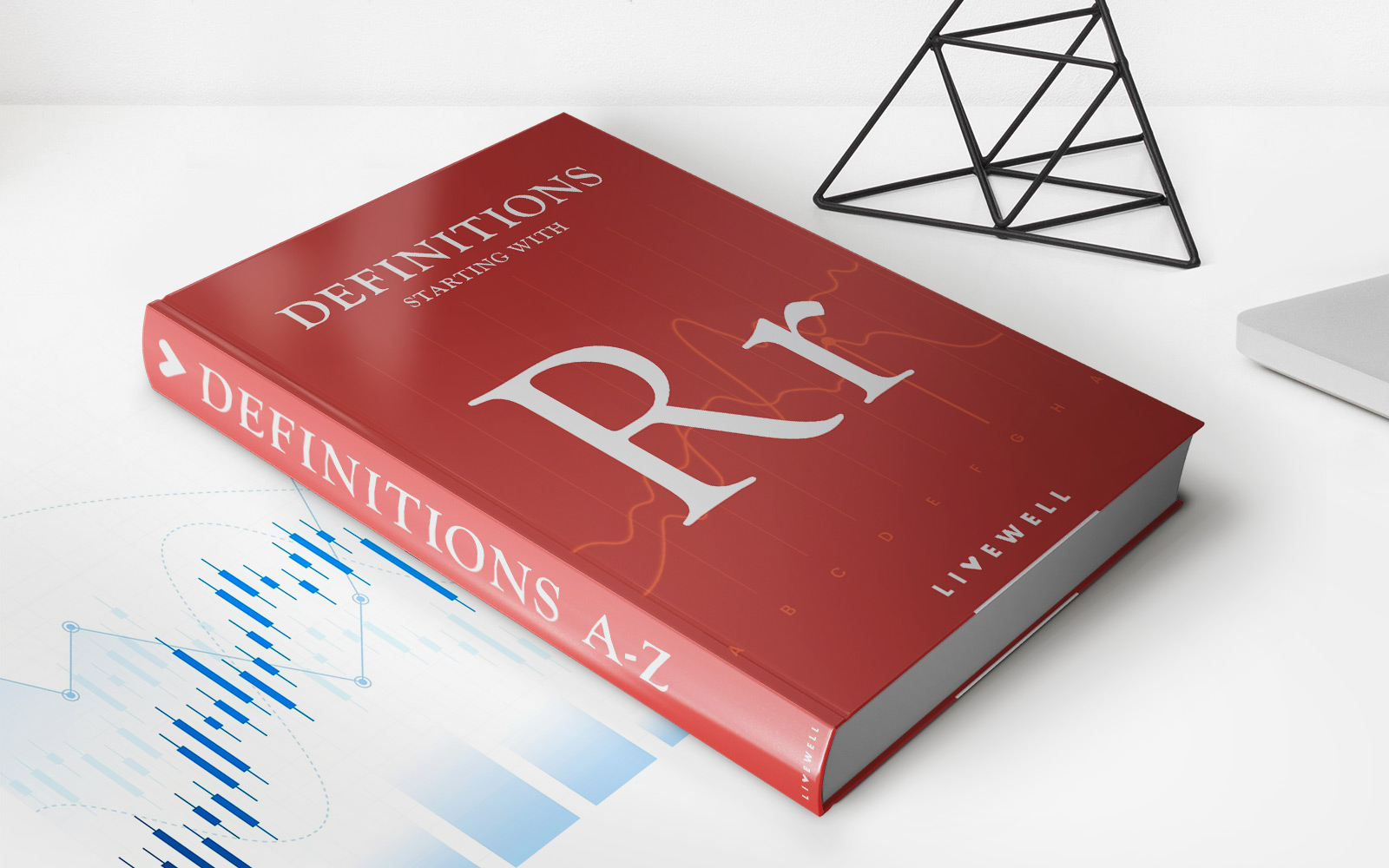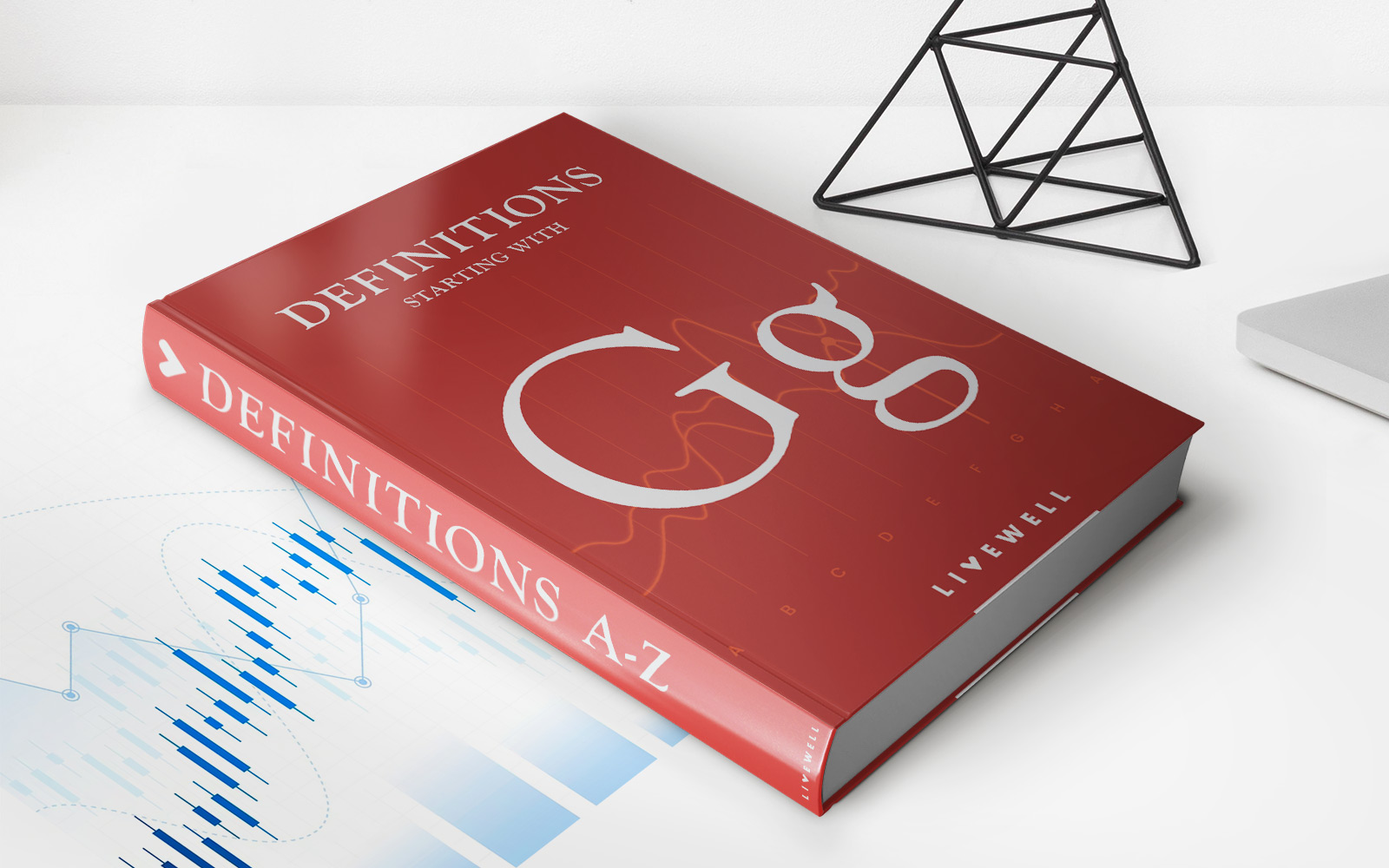Home>Finance>Accounting Measurement: Definition, Types, Principles, Examples
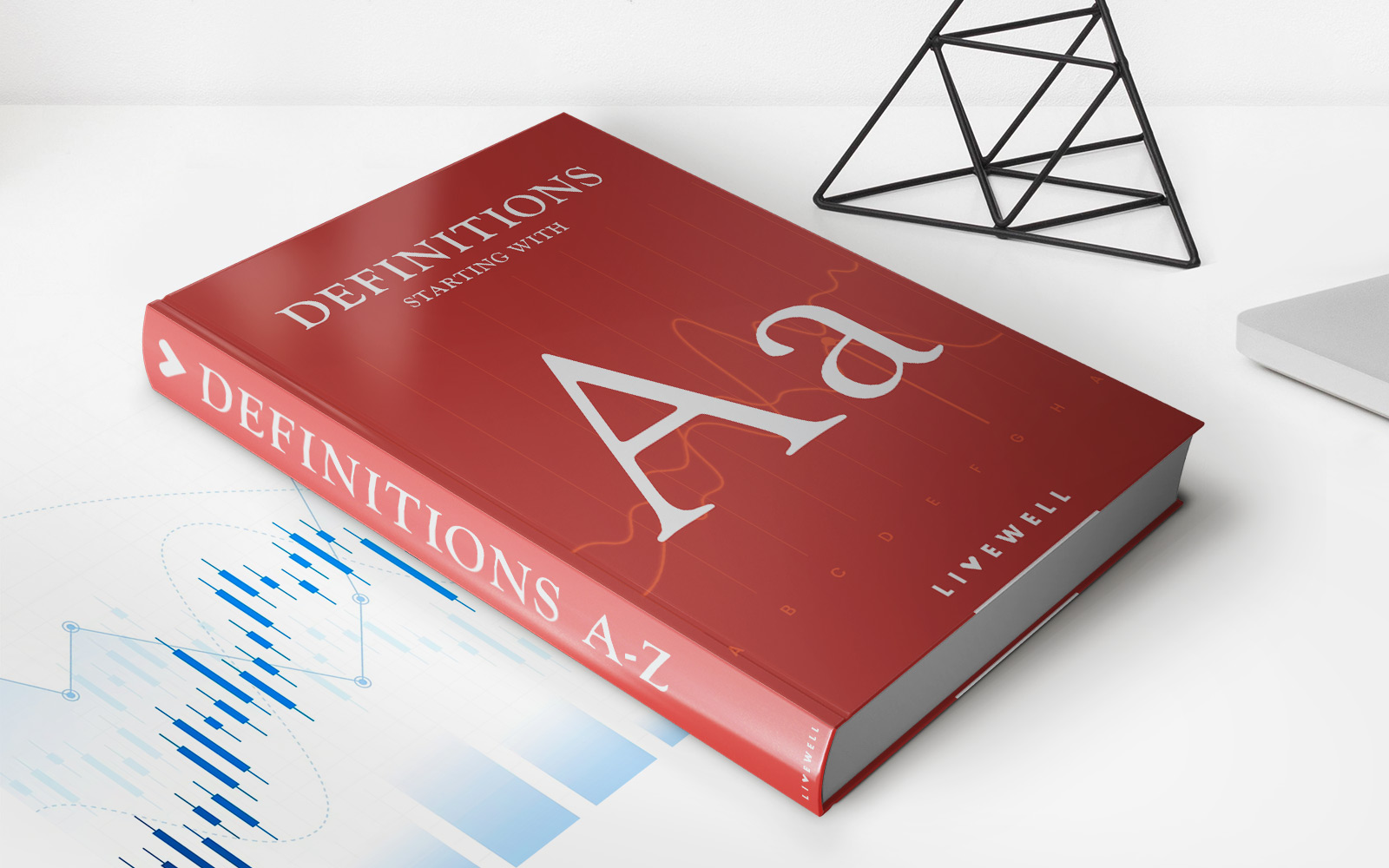

Finance
Accounting Measurement: Definition, Types, Principles, Examples
Published: September 27, 2023
Learn about the definition, types, principles, and examples of accounting measurement in finance. Understand the importance of accurate financial measurement techniques.
(Many of the links in this article redirect to a specific reviewed product. Your purchase of these products through affiliate links helps to generate commission for LiveWell, at no extra cost. Learn more)
Accounting Measurements: Definition, Types, Principles, and Examples
Welcome to our Finance blog category where we dive deep into the world of Accounting! Today, we are going to explore a fundamental aspect of accounting – measurement. In this blog post, we will define accounting measurement, discuss its types and principles, and provide some real-world examples to help you grasp the concept. By the end of this article, you will have a solid understanding of how accounting measurements work and their importance in financial reporting.
Key Takeaways:
- Accounting measurement is the process of assigning numerical values to financial transactions, events, and activities.
- There are two main types of accounting measurement: historical cost and fair value.
What is Accounting Measurement?
Accounting measurement refers to the process of assigning numerical values to financial transactions, events, and activities. It is crucial for businesses to accurately measure and record various financial elements to maintain transparent and reliable financial statements. Without proper measurement, understanding the financial health of a company would be like trying to navigate a ship without a compass.
Now, let’s take a closer look at the two main types of accounting measurement:
1. Historical Cost Measurement
Historical cost measurement is the traditional method of accounting, where assets and liabilities are recorded based on their original acquisition cost. This approach assumes that the historical cost accurately reflects the value of an item at the time of acquisition.
For example, let’s say a company purchased a piece of machinery for $10,000. Under historical cost measurement, the machinery will be recorded on the balance sheet at its original cost of $10,000, regardless of its current market value.
2. Fair Value Measurement
Fair value measurement, on the other hand, determines the value of an asset or liability based on its current market price. This method provides a more accurate representation of an item’s value at a specific point in time.
Continuing with our machinery example, if the market value of the machinery has increased to $12,000, fair value measurement would require recording it at $12,000 on the balance sheet. Similarly, if the market value has decreased to $9,000, the fair value would be $9,000.
Principles of Accounting Measurement
While the specific rules may vary, several principles guide accounting measurement:
- Relevance: The information provided should be relevant to the users of financial statements.
- Reliability: The measurement should be accurate, verifiable, and free from bias.
- Consistency: Measurements should be applied consistently over time to ensure comparability.
Real-World Examples
Let’s consider a few examples to help illustrate accounting measurement:
1. Inventory Valuation:
A retail business needs to measure the value of its inventory accurately. It can choose between the historical cost method, where it records the inventory at its original purchase price, or the fair value method, where it values the inventory based on its current market price.
2. Depreciation of Assets:
When a company purchases assets such as buildings or vehicles, they gradually lose value over time due to wear and tear. Accounting measurements are necessary to accurately record the depreciation expense and reduce the value of the assets on the balance sheet each year.
3. Goodwill Impairment:
In the case of a merger or acquisition, a company may have to measure the value of goodwill. Goodwill is an intangible asset that represents the value of a company’s reputation, customer base, or brand equity. Accounting measurements are essential to determine if there has been any impairment in the value of goodwill.
So there you have it – a comprehensive overview of accounting measurements, including their definition, types, principles, and examples. By understanding the importance of proper measurement, businesses can make informed decisions, evaluate their financial performance accurately, and provide reliable financial statements to stakeholders.

